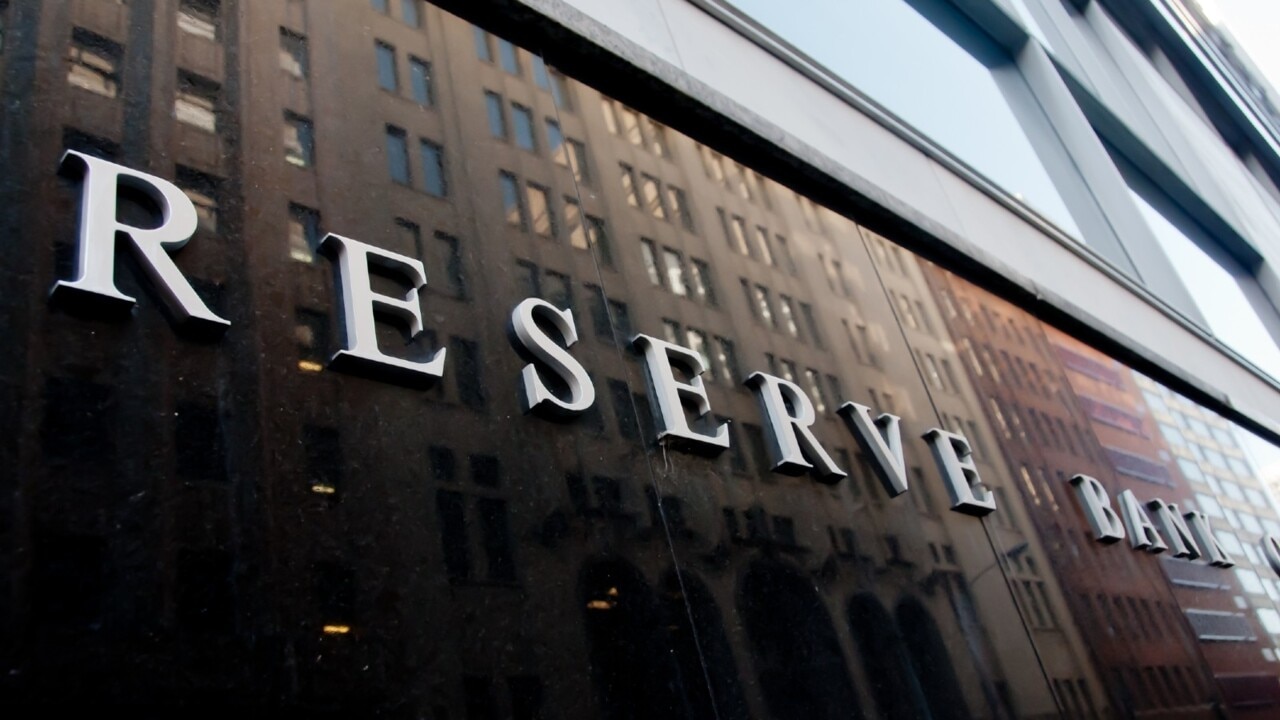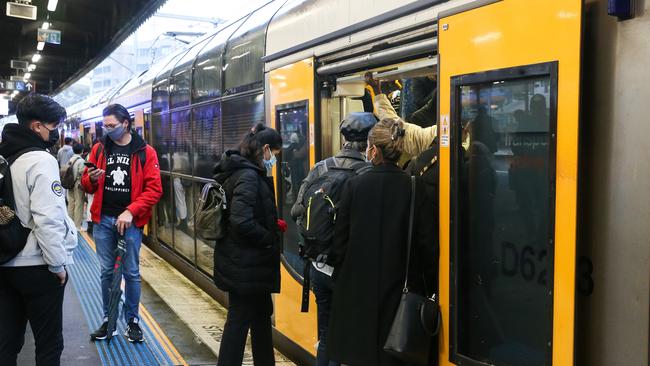Transport and education drive consumer spending increase
Consumers are spending more on transport and work clothes as they head back to the office but rate hikes are curbing what they splash out on entertainment.

Consumers returning to the office forked out more for transport and work clothes in June but recent interest rate hikes have dampened discretionary spending, according to the Commonwealth Bank
The CommBank Household Spending Intentions Index rose 0.9 per cent last month to 117.3 as Australian households spent more on transport, education and household services.
CBA chief economist Stephen Halmarick said with the economy still recovering from the 2021 Covid lockdowns, consumer spending remains higher than it was a year ago.
The CommBank HSI Index is up 11.9 per cent relative to June 2021.
“However the index’s modest gain in June was narrowly based, driven mainly by the increased price of many goods and services, such as petrol, which helped drive higher spending on transport, along with increased spending on education and household services,” he said.

“Interest rate-sensitive sectors of the economy and are clearly starting to show the impact of recent Reserve Bank interest rate increases, with discretionary spending on entertainment, home buying and retail all declining on the month.
“With further interest rate increases expected through the remainder of 2022, we would expect to see discretionary spending weaken further in coming months.”
Transport spending surged by 6.7 per cent as fuel prices remain stubbornly high and as workers return to offices and spent more on public transport, taxis and car parks.
But while transport spending is up 132.2 per cent on June 2021, it remains well below the pre-pandemic levels.
An increase in demand for work clothes drove increased spending at department stores and boosted demand for dry cleaning services and tailoring. Spending on childcare services also increased, CBA said.
As expected after two years of Covid-related restrictions, travel spending intentions increased by 1.5 per cent in June and are up 71.3 per cent over the year as households look to holiday bringing business into airports, cruise liners, tourist attractions, sports, bus lines, hotels and travel agencies. Spending on motorhomes and RVs weakened as consumers looked to holiday further afield.
The Reserve Bank last week increased the cash rate by 50 basis points to 1.35 per cent, its third rate increase this year.
The CBA is forecasting a 25bp hike in August and additional increases over coming months taking cash rate target to 2.1 per cent by end of 2022.
The bank’s economics team has also trimmed their GDP growth forecast for Australia for 2022 to 3.5 per cent (from 4.7 per cent) and expects house prices to fall around 15 per cent from peak-to-trough by end 2023.
This data comes as the Westpac-Melbourne Institute released the consumer sentiment index for July showing a decrease of three per cent in the past month, accumulating to a fall of 19.7 per cent since December.
The sentiment index currently sits at 83.8, down from 86.4 in June, with the deterioration and pace of the plunge comparable to the Global Financial Crisis and early 1990 recession.
Among the 1200 survey respondents 60 per cent were mostly concerned by the rising inflation, 24 per cent by the increase in interest rates, 43 per cent by domestic economy and 23 per cent by international conditions.
There was a noticeable shift in the responses following the Reserve Bank’s latest rate rise, 64.7 per cent of those asked before the July announcement expected the rate to rise by more than one percentage point in 12 months compared to 72.8 per cent of those asked after.
The survey also shows sentiment around the job market remains high as the unemployment rate stays low, but house price expectations continue to fall.
The Reserve Bank Board next meets on August 2 where Westpac expects the rate to increase by a further 50 basis points.






To join the conversation, please log in. Don't have an account? Register
Join the conversation, you are commenting as Logout